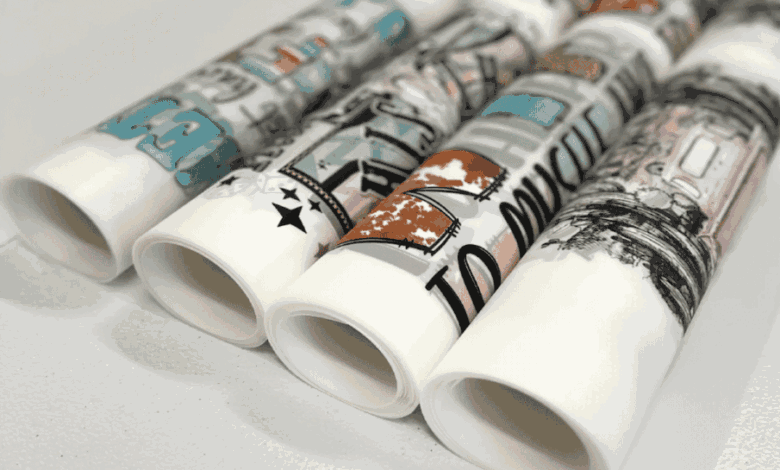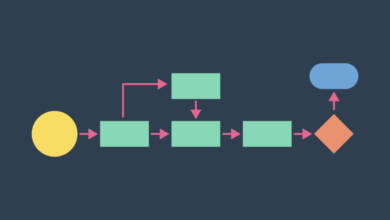Innovative Uses for Printable DTF Gang Sheets in Custom Apparel Design

In the world of custom apparel design, printable Direct-to-Film (DTF) gang sheets have become a game-changer. Offering versatility, vibrant colors, and high-quality prints, these sheets allow designers to combine multiple images or designs on a single sheet, maximizing efficiency and creativity. Whether you’re producing custom t-shirts, hoodies, or accessories, DTF gang sheets provide endless possibilities for personalized fashion.
Direct-to-Film (DTF) gang sheets have emerged as a revolutionary tool in the custom apparel design industry, offering a novel approach to printing intricate and vibrant designs on fabric. Unlike traditional printing methods, DTF technology allows for incredible flexibility and creativity, allowing designers to breathe life into their concepts without limitations. By employing DTF gang sheets, creators can execute designs with precision and detail previously unattainable, making it a highly sought-after method in the fashion world.
With DTF technology, companies are no longer constrained by color restrictions or fabric types. This innovation lets designers experiment freely, taking advantage of the full spectrum of colors and textures available in the designer’s toolbox. As businesses embrace these advancements, they’re equipped to adapt to changing trends and consumer preferences rapidly, ensuring their place at the forefront of the industry.
Benefits of Using DTF Transfer Technology
DTF transfer technology stands out for its key advantages, notably the ability to render designs with sharp, vivid details and long-lasting durability. The durability of these prints is crucial, as they maintain their vibrancy even after numerous wash cycles, preserving the garment’s appeal over time. This makes DTF an ideal choice for consumers seeking both aesthetics and longevity.
Moreover, the cost-effectiveness and efficiency of DTF printing must be balanced for businesses. Traditional methods often require elaborate setup processes that inflate production costs. In contrast, DTF technology simplifies the production pipeline, reducing overheads and making it accessible even to small or emerging brands. This democratization of high-quality print technology opens up many opportunities for businesses to enhance their offerings without breaking the bank.
Versatility in Custom Apparel Design
The versatile nature of DTF gang sheets allows their application across a wide range of apparel, extending beyond the typical t-shirts and hoodies to include accessories such as hats and bags. This adaptability broadens the scope of custom apparel and empowers designers to create cohesive and comprehensive product lines without the worry of technical limitations.
Understanding the breadth of DTF’s applications is crucial for those looking to push the boundaries of what’s possible. To gain more insights into how these technological advancements shape the fashion world, you can explore textile printing advancements, which provide context on DTF’s place in the broader textile industry.
Innovative Design Ideas with DTF Gang Sheets
DTF gang sheets inspire many innovative design ideas, effectively transforming how designers approach apparel creation. They’re perfect for integrating vibrant, full-color graphics with subtle, minimalist aesthetics, resulting in apparel that makes bold statements while maintaining elegance. Hybrid designs that marry traditional motifs with contemporary vibes can produce unique pieces that speak volumes.
Furthermore, DTF technology makes creating a distinct brand identity through custom designs more achievable. By incorporating local cultural influences or experimenting with unusual color schemes, designers can produce apparel that resonates personally and culturally. This creative freedom is invaluable, allowing designers to explore and take risks that captivate their audience’s imagination and foster brand loyalty.
How to Integrate DTF Designs into Your Business
Integrating DTF designs into business operations requires a strategic approach. Start by familiarizing your team with the intricacies of DTF technology and conducting small-scale experiments to test various designs and fabric types. Gradually expand the scope of these trials to include a more diverse range of products as confidence and experience grow.
For businesses seeking to innovate, it’s crucial to consider customer needs and tailor offerings to specific market segments. This alignment ensures the quality of the end product and enhances customer satisfaction and competitive edge. Developing a clear integration plan is vital for leveraging the full potential of DTF technology and realizing its benefits.
Best Practices for Using DTF Technology
Adherence to best practices is key to fully capitalizing on the capabilities of DTF technology. Maintaining an optimal printing environment, such as regulating temperature and humidity, can greatly influence the quality and efficiency of production. These small adjustments can prevent potential mishaps and ensure consistency across productions.
Additionally, selecting suitable film types and inks corresponding to different fabrics ensures the prints’ longevity and quality. Taking these precautions minimizes waste, lowers costs, and significantly enhances the finished product’s appeal, further solidifying DTF’s position as a preferred method in custom apparel production.
Environmental Impact and Sustainability
The growing emphasis on sustainability within the fashion industry highlights the role DTF printing can play in reducing waste and resource consumption. Compared to traditional methods, DTF technology generally requires fewer resources, produces less waste, and fosters a more eco-friendly production process.
Furthermore, using sustainably sourced fabrics and inks aligns with consumer demand for environmentally conscious products. As more brands adopt these practices, the cumulative effect of reduced ecological footprints contributes to a more sustainable future, benefiting both the industry and the planet.
Future Trends in Custom Apparel Design
The future of custom apparel design promises to be dynamic, primarily driven by innovative technologies like DTF. As these methods evolve, businesses can anticipate enhanced efficiencies and broadened design possibilities that empower established and emerging designers to innovate.
Keeping an eye on fashion design trends is essential for those looking to stay ahead in a rapidly changing industry. These insights help businesses understand the trajectory of industry developments and align their strategies with emerging consumer preferences, ensuring resilience and long-term success in the ever-evolving market.




